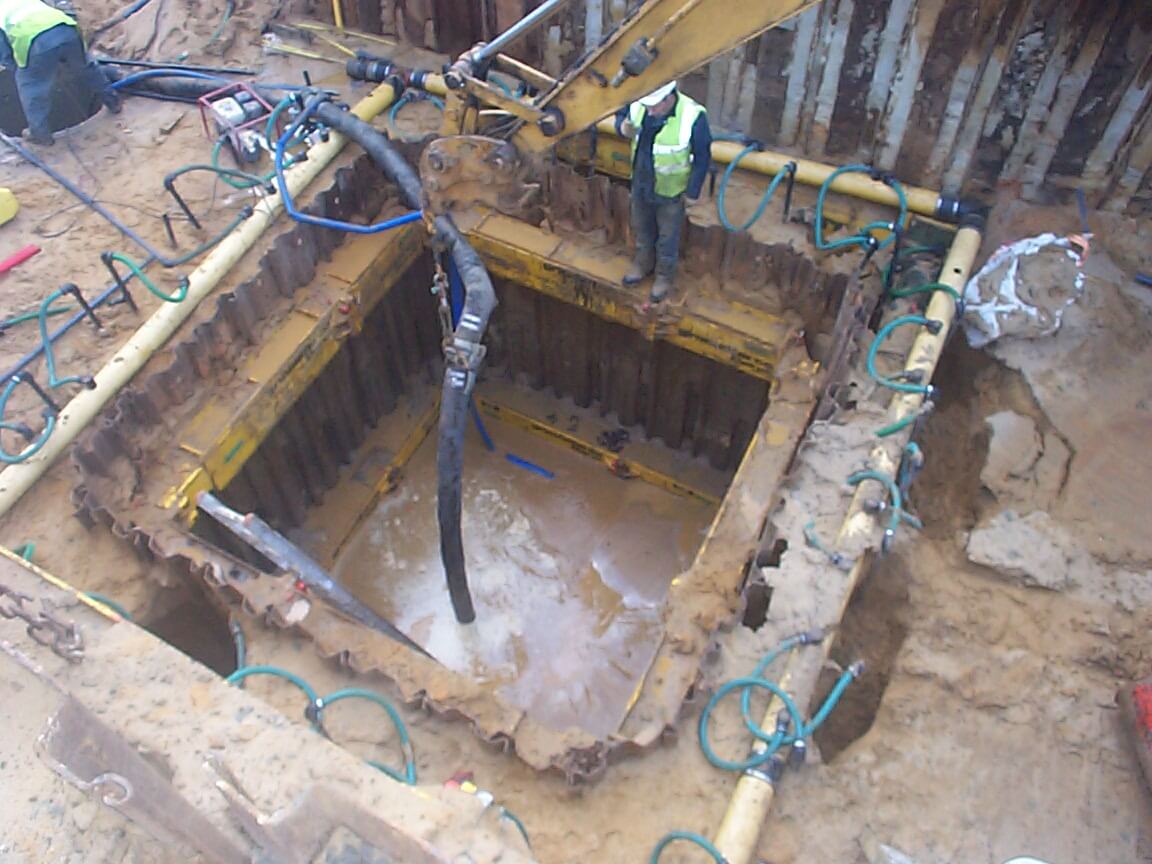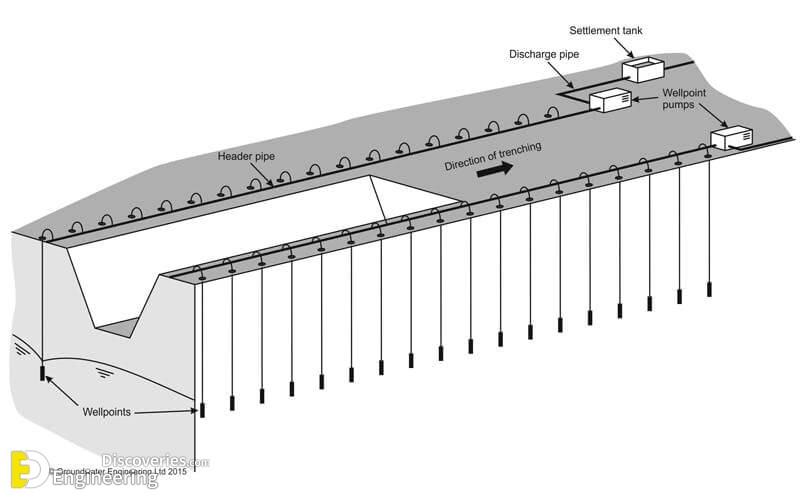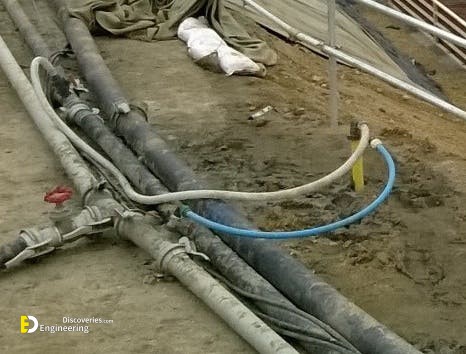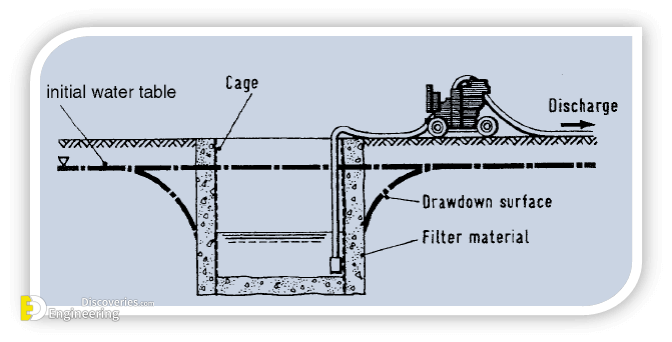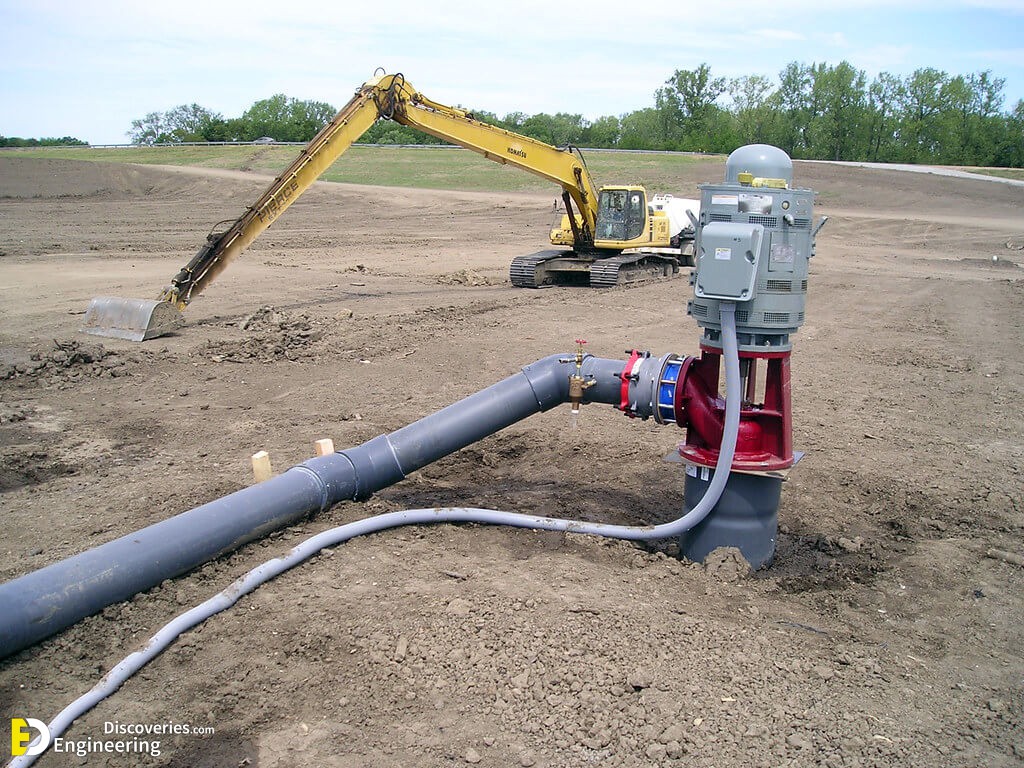Construction dewatering refers to the elimination of surface or groundwater from a site. This most often includes construction zones. The process is normally conducted using specialized pumps to get rid of the water. In other situations, evaporation of the water is encouraged. This is done before any excavation processes take place. It’s also done to lower the water table so that it doesn’t interfere with excavation.
If water stays on-site, this can compromise the work being done. It also fosters a hazardous workplace. Builders usually make use of water pumps to dewater construction zones. Dewatering is also meant to remove water from the soil if it becomes too saturated. Certain best practice procedures are important in order to ensure that no erosion issues occur.
Methods of dewatering
There are generally four methods of dewatering which are listed below
1- Wellpoint method.
2- Educator wells.
3- Open sump pumping and.
3- Deep Wellpoint method
Precations for dewatering
1- Never pump water directly into sloped areas
2- Never pump water into areas that are already showing signs of erosion
3- Keep an eye on spots where water is being discharged
4- Never dewater during periods of heavy rainfall
5- Dewatering should be directed to wooded buffers where available
6- Water that has been contaminated should never be discharged. You might need water separators may in these cases
7- Ideally, protect any discharge channels with some sort of vegetation
8- Always be familiar with the conditions of the water table in the area to ensure a sound strategy
8- Only use sump pumps when dealing with a small amount of water
9- Check with the local, state, and federal level government offices to see if you need a permit

